SOURCE: RAUNAK KUNDE / NEWS BEAT / IDRW.ORG
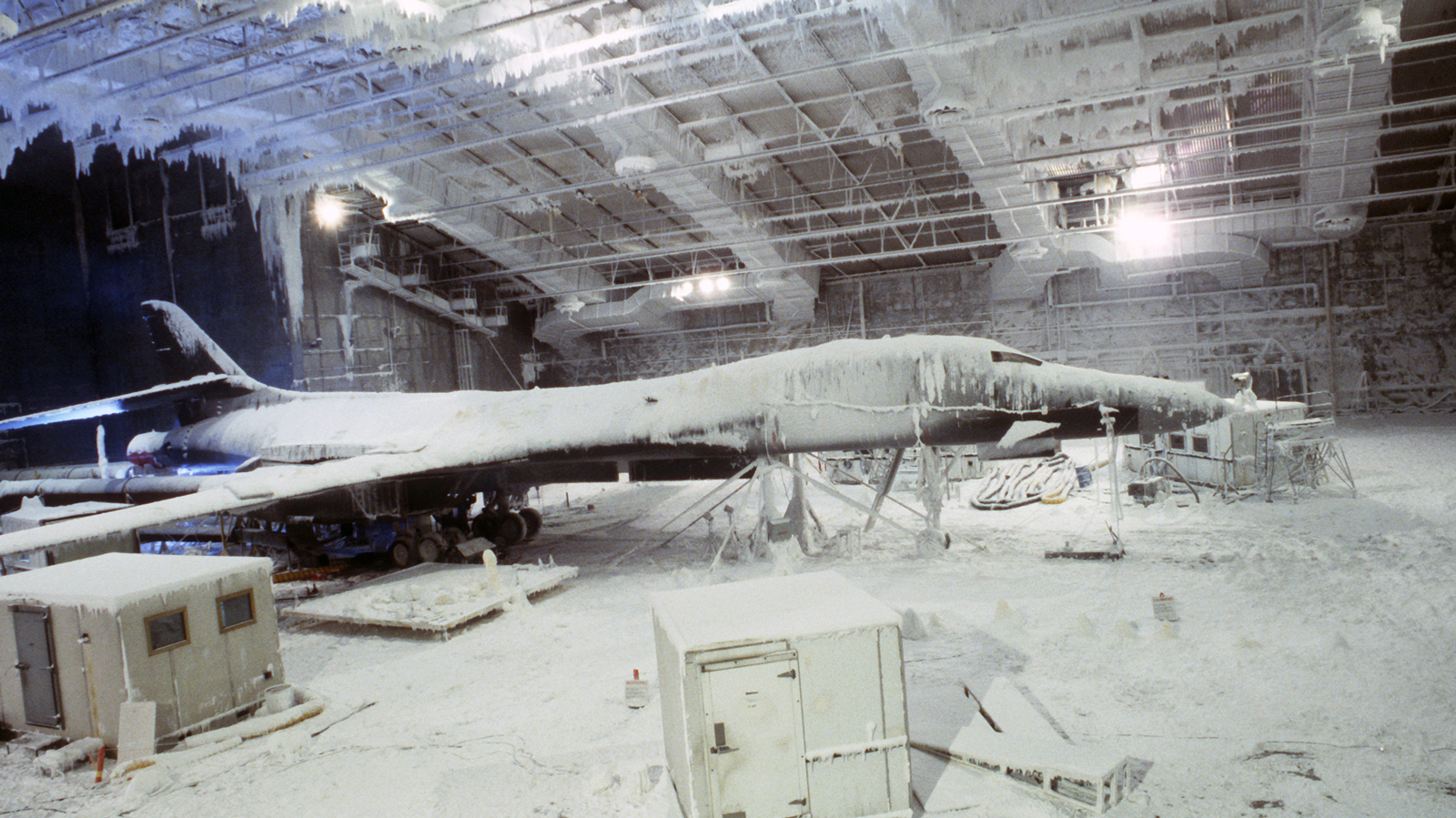
The long-awaited dream of DRDO (Defence Research and Development Organisation) and HAL (Hindustan Aeronautics Limited) to establish an indigenous climate chamber test facility for fighter jets appears to be nearing fruition. This facility will be a game-changer for India’s domestic fighter jet development, offering a multitude of advantages:
Climate chambers can simulate a wide range of weather conditions, from scorching deserts to frigid high altitudes. This eliminates the need for time-consuming and expensive relocation of test jets to geographically diverse locations. Faster testing translates to quicker development cycles and earlier deployment of advanced fighter jets for the Indian Air Force.
Continue readingSOURCE: IDRW.ORG.

Larsen & Toubro (L&T), a prominent Indian private sector conglomerate, showcased its indigenously developed unmanned surface vessel (USV) named “Vega” to the Defence Secretary, Shri Giridhar Aramane. The unveiling took place at L&T’s state-of-the-art shipyard in Kattuppalli, where the Defence Secretary witnessed a demonstration of the USV’s capabilities.
The Vega USV boasts a unique operational flexibility, functioning in fully autonomous, semi-autonomous, and remote-controlled modes. This versatility allows the system to be interfaced with existing vessels, effectively transforming them into unmanned platforms.
Continue readingSOURCE: IDRW.ORG.

India’s Defense Research and Development Organisation (DRDO) has taken a step towards acquiring next-generation robotic capabilities. The organization has issued tenders for the manufacturing, integration, testing, and supply of humanoid upperbody robotic systems.
The tender announcement suggests that DRDO is actively pursuing the creation of robotic soldiers for the Indian Army. These humanoid upperbody systems could potentially be integrated onto existing platforms or serve as the foundation for the development of fully autonomous combat robots.
Continue readingSOURCE: RAUNAK KUNDE / NEWS BEAT / IDRW.ORG

India is poised to take a significant leap in its military capabilities with the ambitious development of its own Unmanned Combat Aerial Vehicles (UCAVs), also known as stealth combat drones. These drones, envisioned to fire missiles and precision-guided weapons, will offer a transformative edge in modern warfare.
While details remain under wraps, sources close to idrw.org suggest a funding proposal for the RPAS (Remote Piloted Aerial Vehicle) program, which encompasses UCAVs, could be presented later this year or early next year. Estimates suggest a potential budget of ?5,000 crore (approximately $600 million) to propel this program forward. Currently, the project is undergoing evaluation by a dedicated committee established by the Ministry of Finance.
Continue readingSOURCE: RAUNAK KUNDE / NEWS BEAT / IDRW.ORG
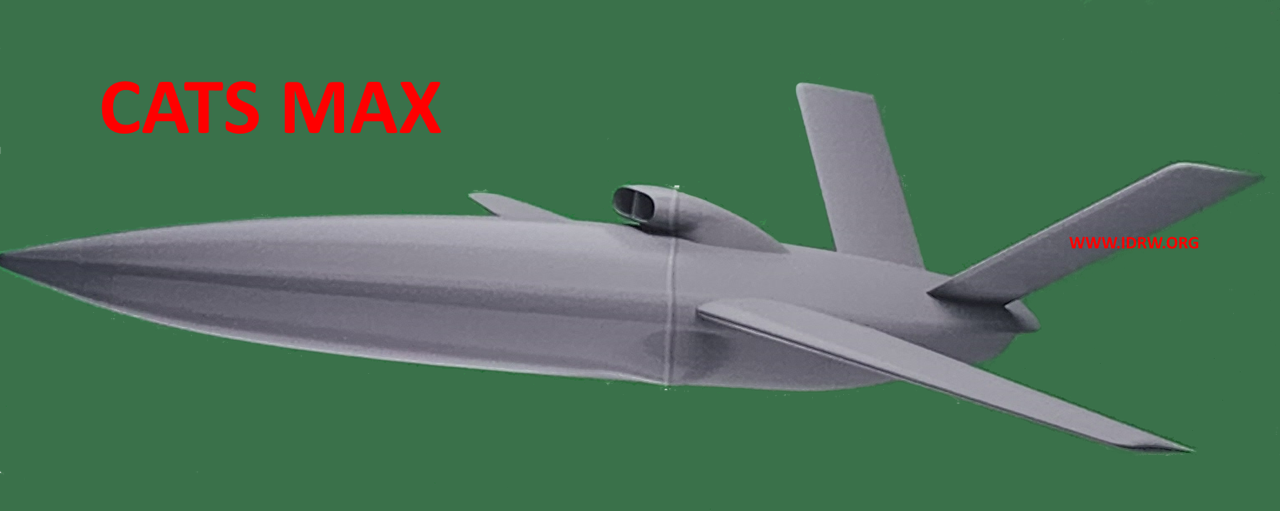
The Indian Air Force (IAF) and Hindustan Aeronautics Limited (HAL) are collaborating on a revolutionary project: the CATS-Warriors, a low-cost, highly capable unmanned combat aerial vehicle (UCAV). This “loyal wingman” concept has the potential to redefine aerial warfare strategies.
In 2019, the seeds were sown for this innovative project with the development of a proof-of-concept prototype. These 1.6-tonne marvels boast low observability (stealth) capabilities and autonomous flight at high altitudes (around 36-40,000 feet). The estimated unit cost of a mere ?50 crore (approximately $6.7 million) makes them incredibly cost-effective compared to traditional fighter jets.
Continue readingSOURCE: RAUNAK KUNDE / NEWS BEAT / IDRW.ORG
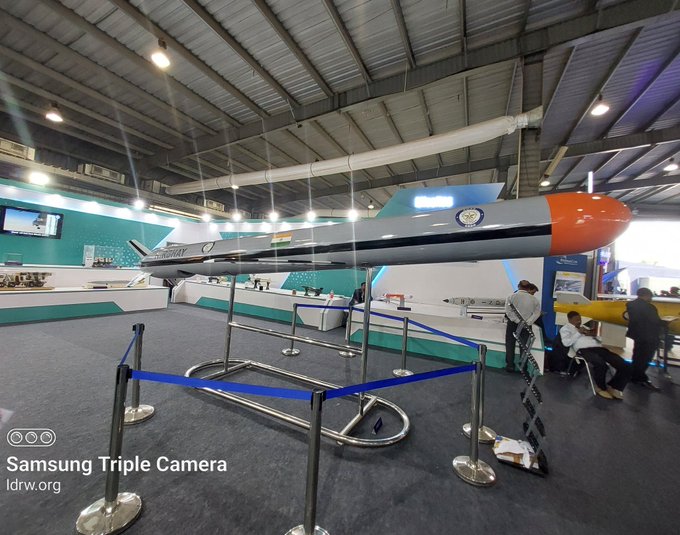
India’s Defence Research and Development Organisation (DRDO) has achieved a significant milestone in its cruise missile program with the successful development of the Manik engine. This small turbofan engine, produced by the Gas Turbine Research Establishment (GTRE), is a key element that was missing for the indigenous development of low-cost subsonic cruise missiles.
The Manik engine, with a thrust of 4.5 kN, has undergone extensive testing and is nearing the end of its development phase. This paves the way for mass production, which is expected to last for the next 20 years or so.
Continue readingSOURCE: IDRW.ORG.

Larsen & Toubro (L&T) Defense, a leading Indian defense contractor, has successfully delivered 100 K-9 Vajra self-propelled howitzers to the Indian Army. These howitzers are a testament to India’s growing self-reliance in defense equipment, with over 18,000 components sourced domestically.
The K-9 Vajra is a customized variant of the K-9 Thunder self-propelled howitzer originally developed by the South Korean defense company Hanwha Defense. L&T Defense undertook significant research and development to tailor the K-9 Thunder to meet the specific requirements of the Indian Army. This customization involved using over 18,000 Indian-made components, marking a significant step towards India’s defense indigenization goals.
Continue readingSOURCE: IDRW.ORG.

The Indian Navy is making strides in maritime security with the ongoing sea trials of its indigenously developed Autonomous Fast Interceptor Boats (A-FIBs). These unmanned vessels mark a significant advancement in India’s coastal defense capabilities.
A-FIBs are designed for high speed and maneuverability, making them ideal for patrolling vast swathes of India’s coastline. Their autonomous operation allows them to function without a crew onboard, reducing risks and expanding operational reach.
Continue readingSOURCE: RAUNAK KUNDE / NEWS BEAT / IDRW.ORG
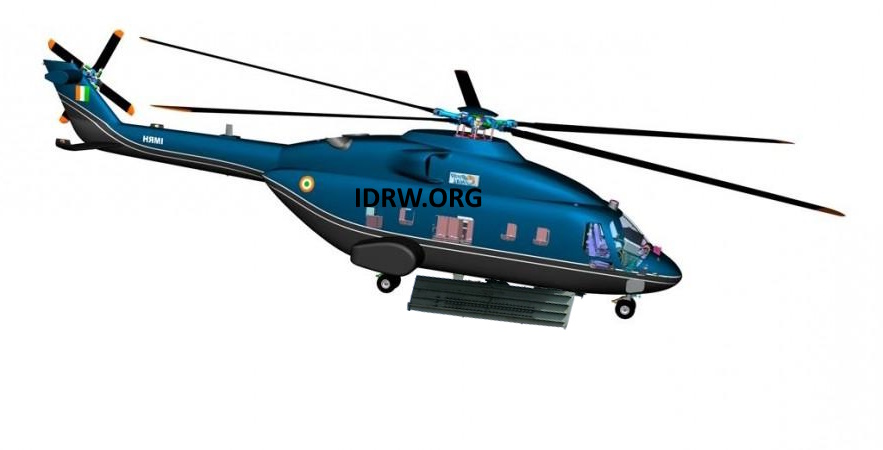
The Indian Navy’s quest for enhancing its airborne early warning and control capabilities has taken a significant turn, with a shift towards exploring indigenous solutions in light of recent developments and strategic imperatives. The cancellation of plans to procure additional Ka-31 helicopters, coupled with the unfeasibility of procuring US-built E-2 Hawkeye aircraft, has prompted a reevaluation of the Navy’s approach to fulfilling its vital need for extended radar coverage.
In 2019, the Indian Navy opted to cancel plans to acquire an additional 10 Ka-31 helicopters, despite having procured nine of these helicopters earlier, with four acquired in 1999 and an additional five in 2001. Originally intended to support the country’s second aircraft carrier, INS Vikrant, the decision to halt procurement reflects shifting priorities and considerations within the naval establishment.
Continue readingSOURCE: RAUNAK KUNDE / NEWS BEAT / IDRW.ORG

The Defence Research and Development Organisation (DRDO) has shed light on its Long Range Radar (LRR) system, a significant development in India’s missile defense capabilities. This news comes on the heels of previous tenders hinting at the LRR’s development, and the DRDO’s official details offer a glimpse into this cutting-edge technology.
The DRDO has confirmed that major subsystems of the LRR have already been successfully developed. A crucial stage is currently underway – the stage-wise assembly of the Active Array Antenna Unit (AAAU). The AAAU is the heart of the AESA radar, responsible for transmitting and receiving radar signals. Its successful assembly signifies a significant milestone in the project’s timeline.
Continue readingSOURCE: RAUNAK KUNDE / NEWS BEAT / IDRW.ORG
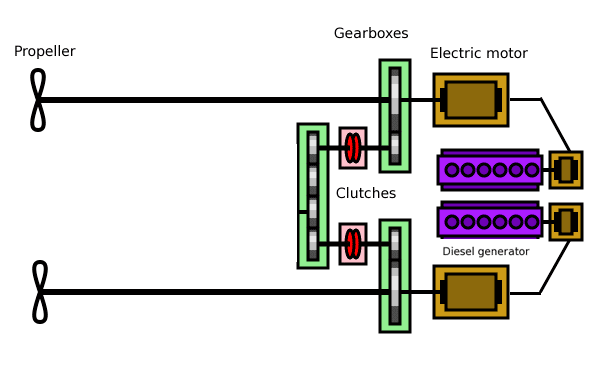
In a significant move towards enhancing naval capabilities, the governments of India and the United Kingdom are in discussions to develop an electric propulsion system for Indian warships. This initiative marks a pivotal moment in India’s quest for technological advancement in maritime warfare.
Presently, Indian warships rely on traditional propulsion systems such as diesel engines, gas turbines, or steam turbines. However, the potential introduction of electric propulsion represents a paradigm shift in naval engineering. Electric propulsion systems offer numerous advantages, including increased efficiency, reduced emissions, quieter operation, and enhanced manoeuvrability.
Continue readingSOURCE: IDRW.ORG.
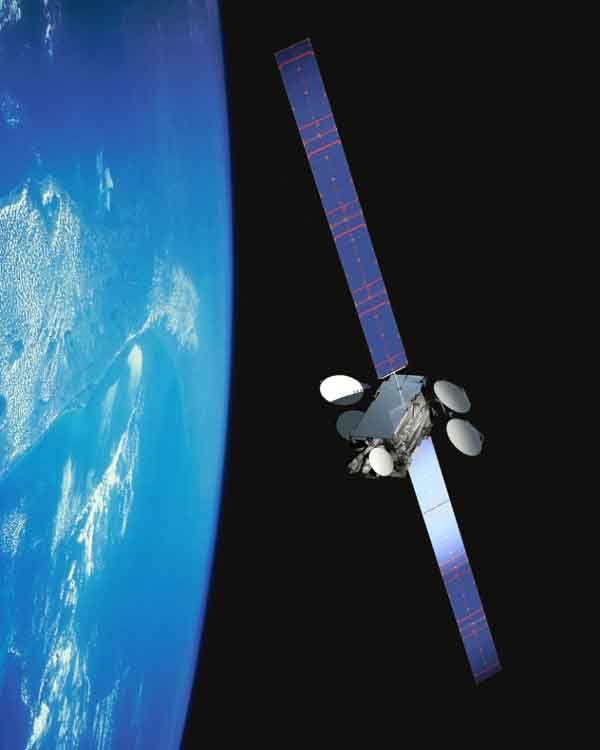
India’s National Technical Research Organisation (NTRO) is taking a significant step towards self-reliance in its intelligence gathering operations. The agency, responsible for conducting technical intelligence and surveillance activities for national security, will reportedly be utilizing its own indigenously developed Artificial Intelligence (AI) for these critical tasks.
NTRO’s core function involves sifting through vast amounts of technical data, including communication signals, satellite imagery, and other forms of electronic information. Traditionally, this analysis has relied on a combination of human expertise and existing technology. However, AI integration promises to significantly enhance these processes.
Continue readingSOURCE: IDRW.ORG.

Larsen & Toubro (L&T), a leading Indian private sector conglomerate, showcased its indigenously developed SOV-400 Unmanned Autonomous Underwater Vehicle (AUV) to the Defence Secretary. The SOV-400 falls at the larger end of the “midget submarine” category with a displacement of 400 tons.
The SOV-400 appears to be specifically designed for special forces missions. It has the capacity to carry 10 special forces operators and integrate two four-person Swimmer Delivery Vehicles (SDVs) on its lower hull. These SDVs extend the range and endurance of underwater missions for combat swimmers.
Continue readingSOURCE: RAUNAK KUNDE / NEWS BEAT / IDRW.ORG
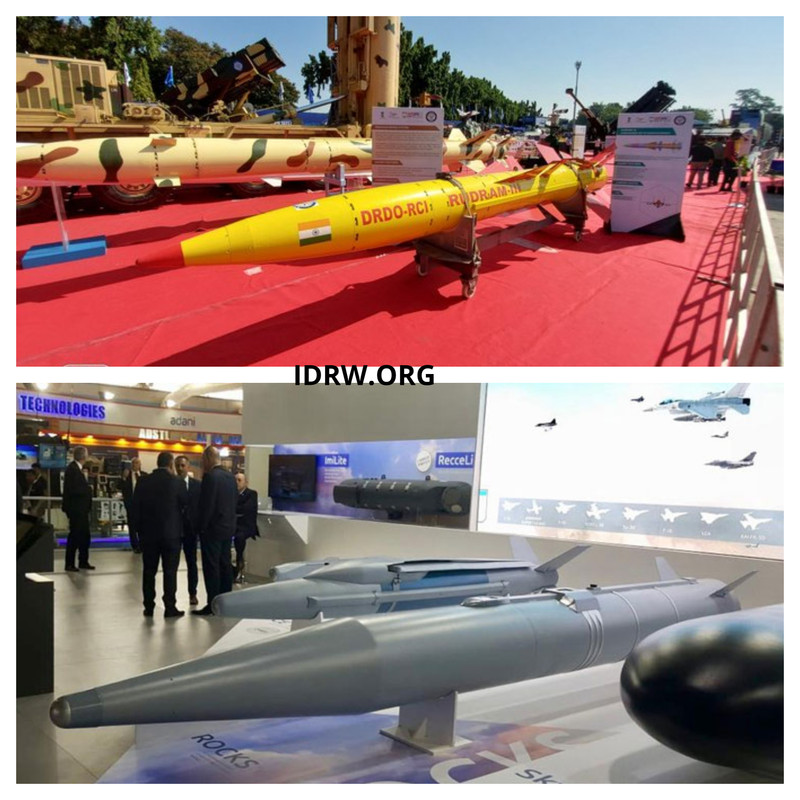
India is exploring the local manufacture of the Long Range Stand-Off Weapon System (ROCKS), also known as Crystal Maze-2, an air-launched rocket system. This move has sparked questions as India already possesses the Rudram-2 and Rudram-3 missiles.
Indian Air Force (IAF) officials speaking to idrw.org have clarified the reasoning behind pursuing both missile systems. They categorize Rudram-2 and Rudram-3 as air-launched ballistic missiles (ALBM) with a superior range of 300-500 km. These high-speed missiles (Mach 5+) are designed to destroy high-value targets like enemy radars, surface-to-air missile batteries, runways, command bunkers, and air hangars from a safe distance, minimizing risk to the launching aircraft.
Continue readingSOURCE: RAUNAK KUNDE / NEWS BEAT / IDRW.ORG
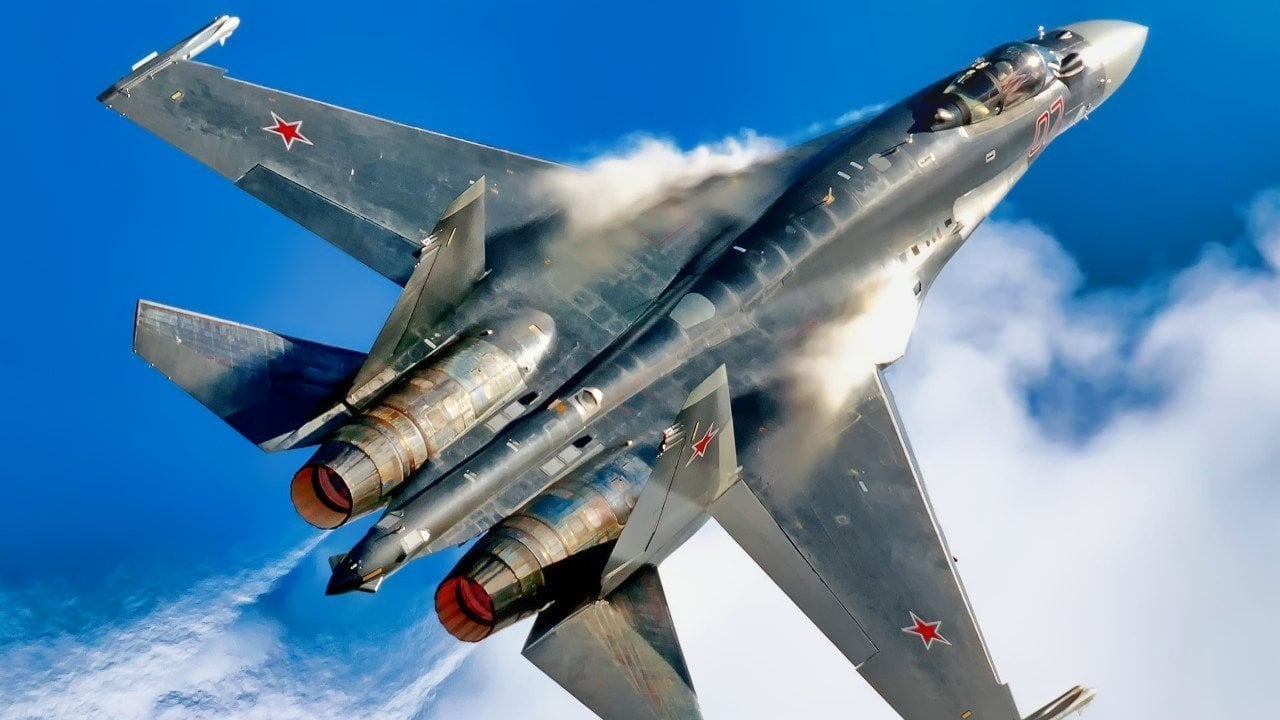
In the realm of modern military aviation, the Su-35 stands as a pinnacle of technological prowess and combat capability. As the Director of the Gagarin Aviation Plant in Komsomolsk-on-Amur proudly asserts, this formidable aircraft, part of the United Aircraft Corporation within the state tech giant Rostec, is poised to impress India as it vies for the nation’s MRFA tender for 114 jets.
With a maximum take-off weight of 34.5 metric tons and a blistering top speed of 2,500 km/h, the Su-35 embodies speed, agility, and power. Its operational range of 1,500-4,500 km and service ceiling of 20,000 meters ensure versatility and adaptability across a spectrum of mission profiles.
Continue reading